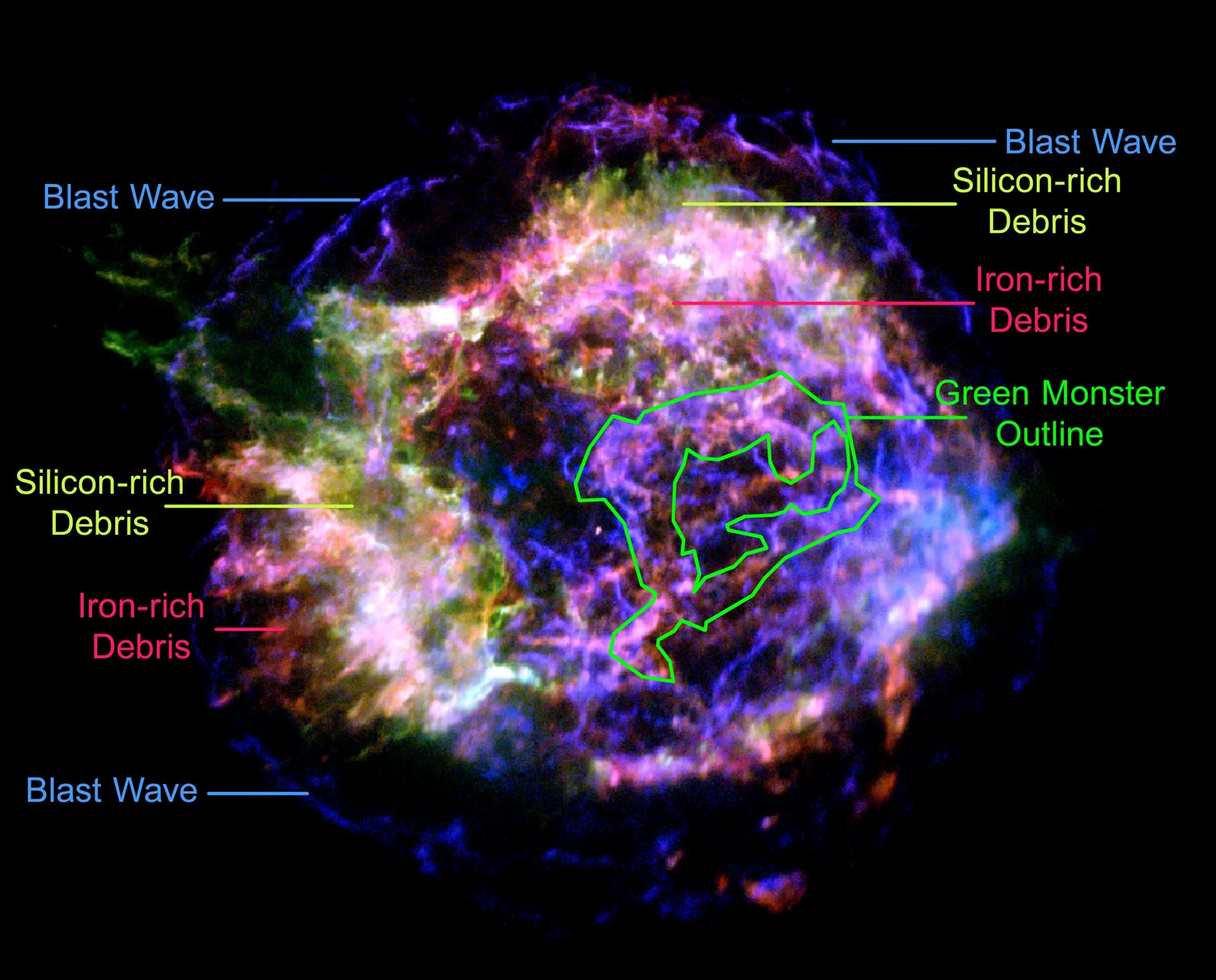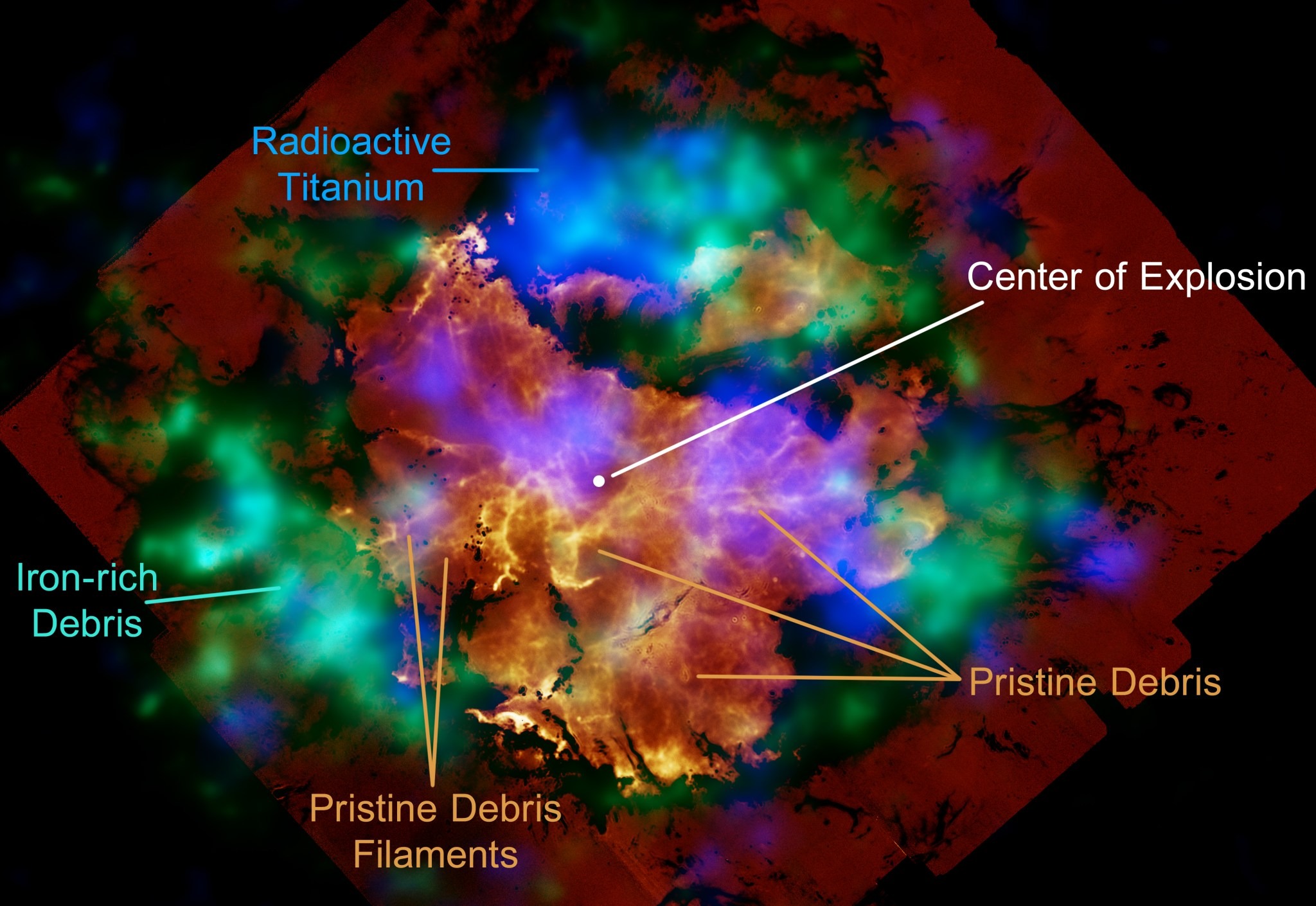Combined data from NASA’s Chandra X-ray Observatory and the James Webb Space Telescope have given us a unique look at Cassiopeia A (Cas A). This is the first time astronomers have combined data from two telescopes to study this famous supernova, which has proved extremely useful.
One of the main reasons why astronomers wanted to combine the data with Chandra and James Webb was the desire to help explore the unique remnants of Cassiopeia A, called the “Green Monster”. This “monster” of supernova remnants is located near the center of the nebula, and it was first discovered by James Webb in April 2023.
The combined study of Cassiopeia A also helped astronomers better understand the explosion that created the remnants of a supernova about 240 years ago, at least from Earth’s perspective.

All this data was combined into a stunning and vivid image showing the outer parts of the supernova. In general, the data used to create the image includes red, green, and blue coloration for James Webb data, blue coloration for Chandra data, and red and white coloration for Hubble data.
Data from NASA’s iconic Spitzer Space Telescope is also outlined in red, green and blue, and one of the images even highlights the outline of the “Green Monster” to help viewers better understand what astronomers are talking about.

By learning more about Cassiopeia A and what happened to this star more than 300 years ago, astronomers will be able to better understand supernovae and the long-term traces they leave behind. A detailed analysis of these data also provides new insights into the current composition of the nebula, which astronomers undoubtedly seek to explore even more deeply.
Although each of these observatories is powerful in its own right, by combining data from each of them into one dataset, we will be able to take a deeper look at the overall picture of our universe.

Earlier we reported on how massive stars die.
According to NASA
Follow us on Twitter to get the most interesting space news in time
https://twitter.com/ust_magazine


